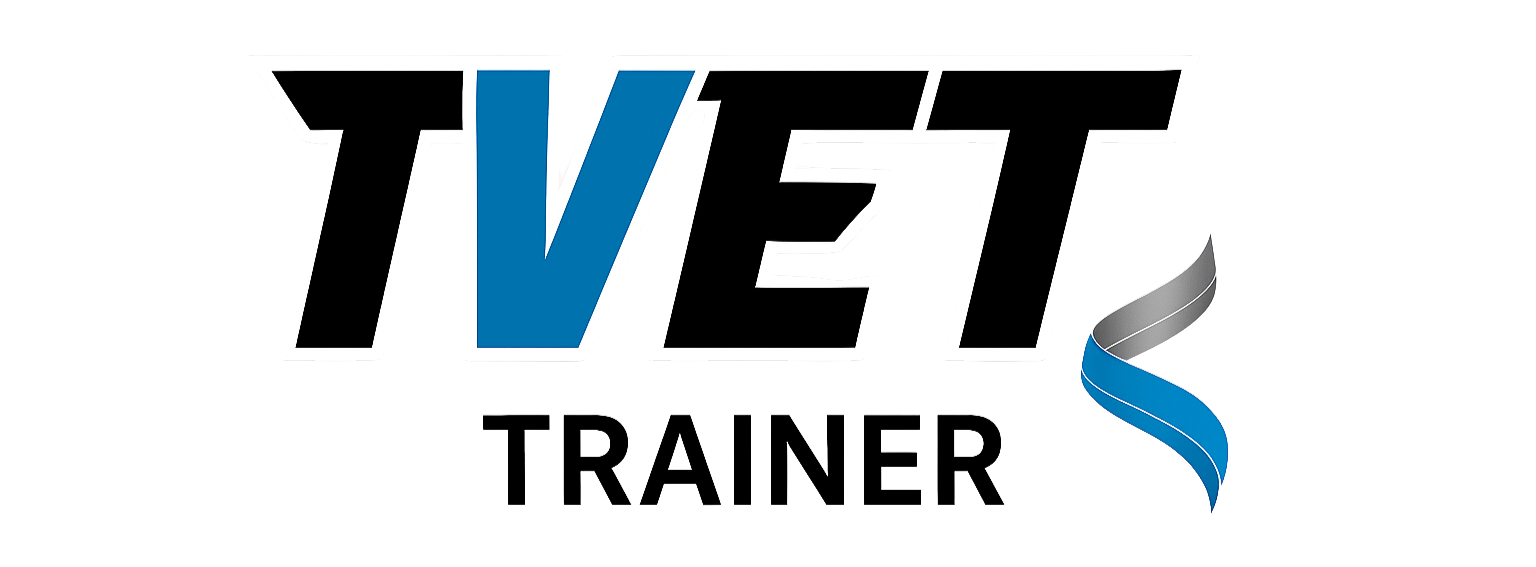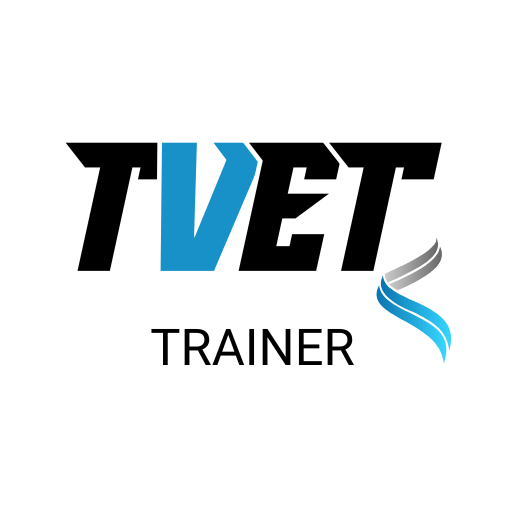Introduction
Vocational training equips individuals with the practical skills and knowledge to succeed in specific occupations. At the heart of effective vocational education lies the curriculum design process, which determines the content, structure, and delivery of training programmes. Understanding the various models of curriculum design is essential for developing high-quality vocational training that meets the evolving needs of industries and learners.
This article explores four prominent models of curriculum design - the Process Model, the Product Model, the Spiral Model, and the Hidden Curriculum - and examines their application, advantages, and challenges in the context of vocational training. By understanding these models, vocational educators and policymakers can make informed decisions to create curricula that promote job-ready skills development and support lifelong learning.
1. Process Model of Curriculum Design
The Process Model of curriculum design focuses on the learner's experience and the ongoing development of the curriculum rather than solely on predetermined outcomes. This model emphasises the importance of flexibility, adaptability, and the active involvement of learners, educators, and industry stakeholders in the curriculum design.
Historically, the Process Model emerged in the 1970s as a reaction to the more rigid and prescriptive Product Model. In the context of vocational training, the Process Model encourages a collaborative approach, where learners, instructors, and industry partners work together to identify learning needs, design relevant learning activities, and continuously refine the curriculum based on feedback and changing industry demands.
One example of the Process Model in vocational training is the apprenticeship programme, where learners work alongside experienced professionals, acquiring skills through hands-on experience and ongoing feedback. The flexibility of the Process Model allows for the curriculum to be adjusted based on the learner's progress and the evolving needs of the industry.
The key advantages of the Process Model in vocational training include its ability to facilitate learner engagement, promote adaptability, and ensure relevance to industry needs. However, the model can also present challenges regarding standardisation and assessment, as the curriculum is not as clearly defined as in the Product Model.
2. Product Model of Curriculum Design
The Product Model of curriculum design focuses on the predetermined learning outcomes and the development of specific, measurable skills and competencies. This model emphasises the importance of clearly defined objectives, assessment, and aligning content and instructional strategies to achieve those objectives.
The Product Model has its roots in the behaviourist approach to education, which gained prominence in the mid-20th century. In vocational training, the Product Model ensures learners acquire the technical skills and knowledge required for specific occupations.
Examples of vocational programmes that employ the Product Model include competency-based training programmes, where learners must demonstrate proficiency in a set of predefined skills to receive certification. The emphasis on measurable outcomes and standardised assessment in the Product Model can be beneficial in vocational contexts, where job-ready skills development is a primary goal.
The key advantages of the Product Model in vocational training include its focus on measurable outcomes and its ability to ensure consistency and quality across training programmes. However, the model can also be criticised for its potential rigidity and lack of flexibility, which may hinder innovation and the development of more complex, higher-order skills.
3. Spiral Model of Curriculum Design
The Spiral curriculum design model is characterised by revisiting and reinforcing key concepts and skills throughout the learning process. This model suggests that learners should encounter the same topics or skills multiple times, with each iteration building upon the previous one and increasing in complexity.
The Spiral Model originates in the work of Jerome Bruner, who proposed that learners should be exposed to the fundamental structure of a subject and then revisit and expand upon that structure repeatedly. In vocational training, the Spiral Model can be handy for developing complex, varied skills that require ongoing practice and reinforcement.
One example of the Spiral Model in vocational training is the teaching of maintenance and repair skills, where learners revisit the same core concepts (e.g., troubleshooting, diagnostic procedures) at increasing levels of complexity, building a deeper understanding and mastery over time.
The key advantages of the Spiral Model in vocational training include its ability to reinforce learning through repetition and its potential to boost the development of more sophisticated skills. However, the model can also present challenges in curriculum planning and implementation, as the repeated exposure to the duplicate content must be carefully structured and sequenced.
4. Hidden Curriculum in Vocational Training
The Hidden Curriculum refers to the unintended, implicit lessons and values transmitted through the educational environment rather than the formal, explicit curriculum. In the context of vocational training, the Hidden Curriculum can significantly impact the development of social, cultural, and professional skills.
The Hidden Curriculum in vocational training may include the implicit messages conveyed through the physical learning environment, the interactions between instructors and learners, and the cultural norms and expectations of the industry or occupation. For example, the layout of a workshop or the dress code in a culinary programme can communicate unspoken expectations about professional conduct and workplace culture.
While the Hidden Curriculum is not formally planned or assessed, it can profoundly influence the learner's socialisation and the development of essential soft skills, such as teamwork, communication, and problem-solving. Recognising and addressing the Hidden Curriculum can help vocational educators ensure their programmes align with the industry's desired professional and ethical standards.
The key advantages of the Hidden Curriculum in vocational training include its potential to enable the development of essential soft skills and its ability to reflect the realities of the workplace. However, the Hidden Curriculum can also present ethical considerations, as it may inadvertently reinforce undesirable social or cultural norms.
Comparative Analysis
Each of the four models of curriculum design - the Process Model, the Product Model, the Spiral Model, and the Hidden Curriculum - offers unique strengths and challenges in the context of vocational training. The Process Model emphasises flexibility and learner engagement, the Product Model focuses on measurable outcomes and standardisation, the Spiral Model promotes reinforcing skills through repetition, and the Hidden Curriculum addresses the implicit lessons and values transmitted through the educational environment.
In practice, many vocational training programs may integrate elements of multiple models to create a more comprehensive and practical curriculum. For example, a competency-based training programme (Product Model) may also incorporate opportunities for hands-on learning and industry collaboration (Process Model), as well as revisit key maintenance and repair concepts at increasing levels of complexity (Spiral Model). Additionally, the Hidden Curriculum can play a significant role in shaping the overall learning experience and the development of essential soft skills.
The curriculum design model(s) choice will depend on the vocational training programme's specific goals, target audience, and industry context. By understanding the strengths and limitations of each model, vocational educators and policymakers can make informed decisions to create curricula that effectively prepare learners for success in their chosen occupations.
Conclusion
Effective curriculum design is essential for the success of vocational training programmes, as it determines the content, structure, and delivery of the learning experience. The four models of curriculum design - the Process Model, the Product Model, the Spiral Model, and the Hidden Curriculum - each offer unique approaches and considerations for vocational educators and policymakers.
As industries and job markets continue to evolve, the ability to adapt and innovate in curriculum design will be essential for ensuring that vocational training remains relevant and effective. By understanding the strengths and limitations of these curriculum design models and exploring ways to integrate them, vocational education can continue to play an integral role in developing a skilled and adaptable workforce.
- A Study of Model of Vocational Curriculum Development Under Vocational Education Commission Using Cross-impact Analysis
- Curriculum design in vocational education
- A Study of Model of Vocational Curriculum Development Under Vocational Education Commission Using Cross-Impact Analysis
- UNEVOC - Vocational Education and Training
- Basic Concepts in Curriculum Development
- Curriculum design in vocational education
- CURRICULUM DEVELOPMENT: Framework for Vocational Training Modules
- Effective Vocational Education Models
- Designing Vocational Education Curriculum
- Basic Concepts in Curriculum Development
- Teaching and Learning in Vocational Upper Secondary Education
- Hidden Curriculum in Higher Education
- Methodology of Curriculum Development in Vocational Education and Training and Adult Education
- Product versus Process
Frequently Asked Questions (FAQs)
- What is the Process Model in curriculum design for vocational training? The Process Model emphasises the learner's experience, flexibility, and collaboration among learners, educators, and industry stakeholders. This approach allows the curriculum to evolve based on feedback and changing demands, as seen in apprenticeship programmes.
- How does the Product Model differ from other curriculum designs in vocational education? Unlike more flexible models, the Product Model prioritises predetermined, measurable learning outcomes and standardised assessments to ensure learners acquire specific competencies. This makes it ideal for competency-based training but potentially rigid in adapting to innovation.
- What are the advantages of the Spiral Model in vocational training programmes? The Spiral Model reinforces key concepts through repeated exposure at increasing levels of complexity, aiding the development of sophisticated skills like troubleshooting in maintenance training. However, it requires careful planning to structure the iterations effectively.
- How does the Hidden Curriculum impact vocational training? The Hidden Curriculum involves unintended lessons from the educational environment, such as professional norms conveyed through workshop layouts or instructor interactions, which can enhance soft skills like teamwork but may also reinforce undesirable cultural norms if not addressed.
- Which curriculum design model is best for integrating industry needs in vocational education? Many vocational programmes incorporate elements from multiple models, combining the Product Model's measurable outcomes with the Process Model's adaptability and the Spiral Model's reinforcement to create comprehensive curricula that meet evolving industry requirements.







